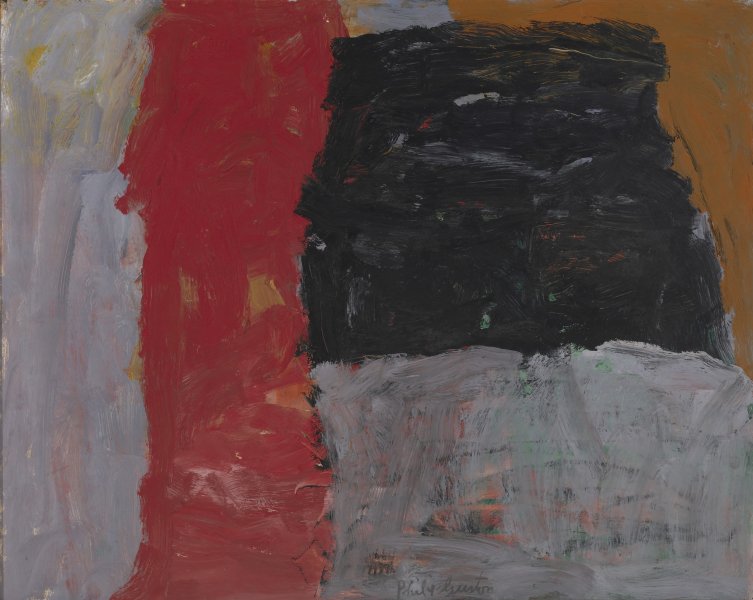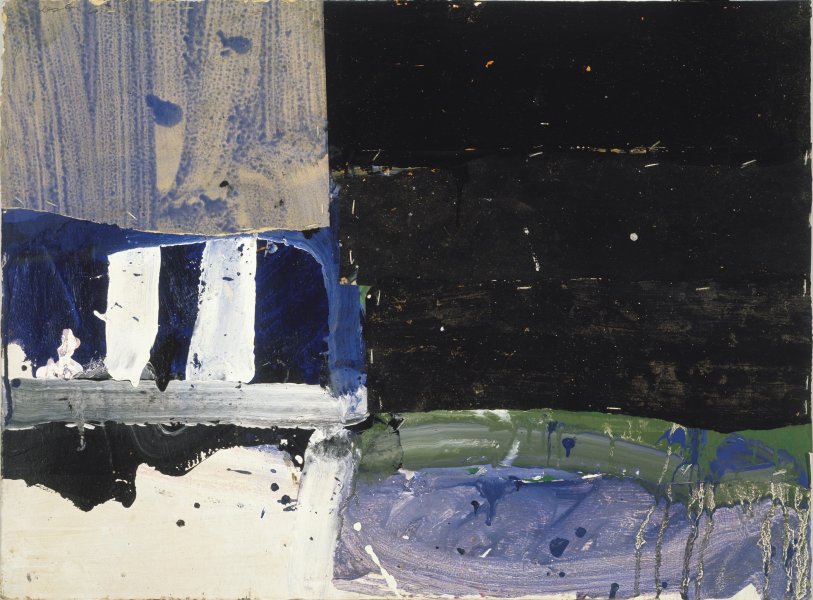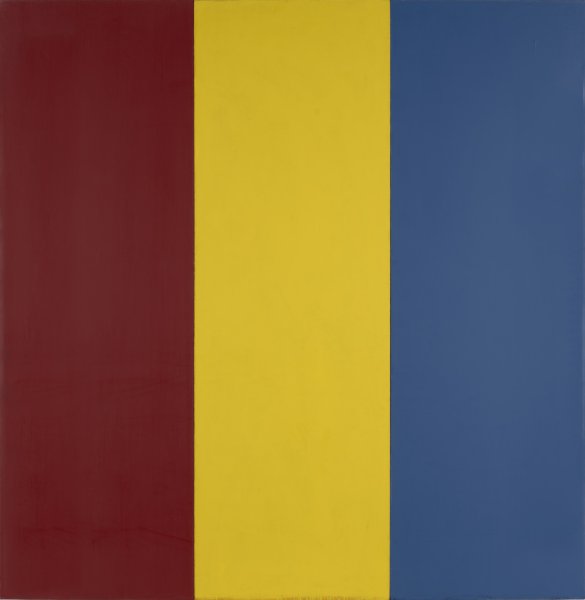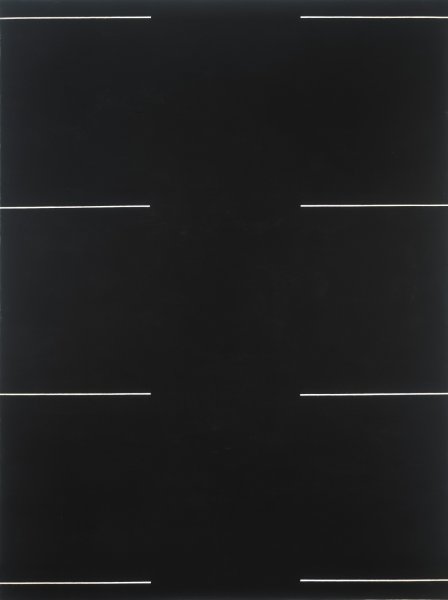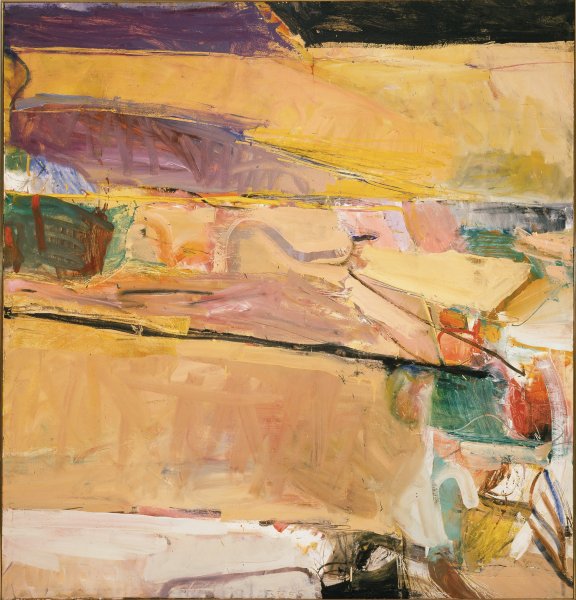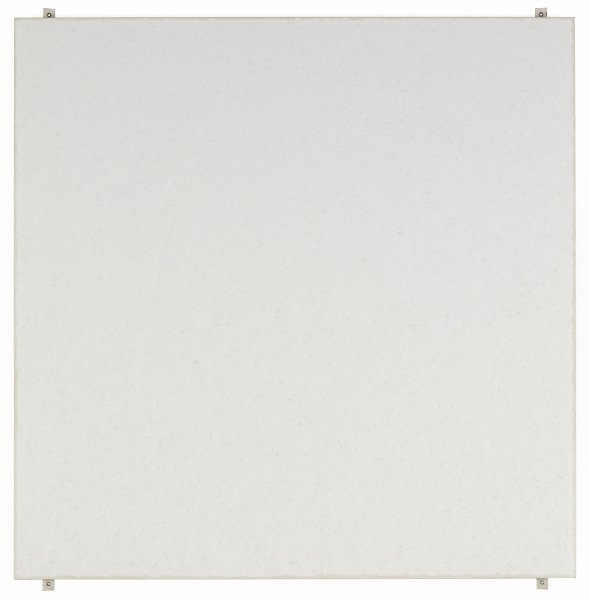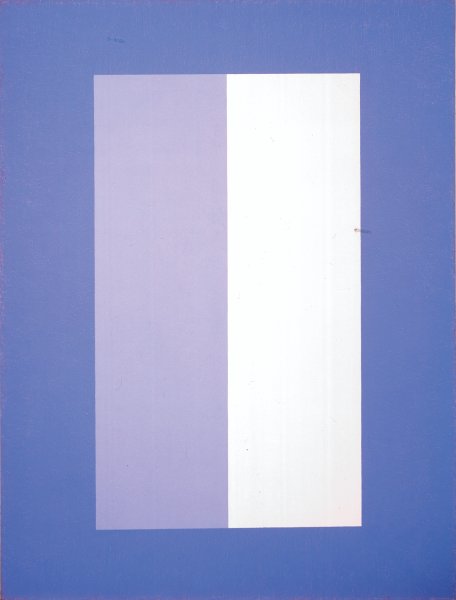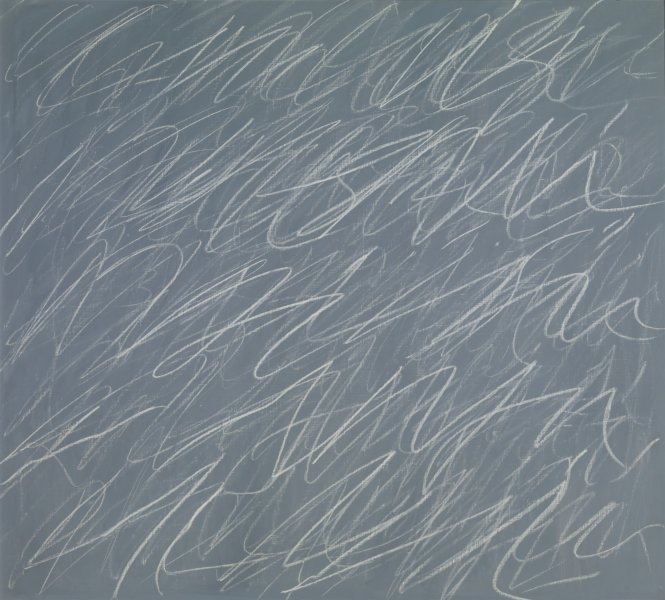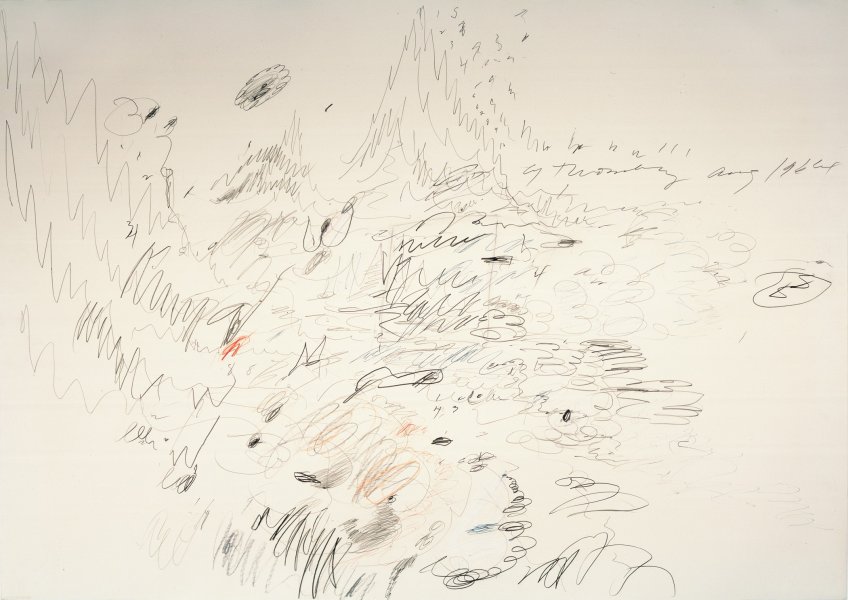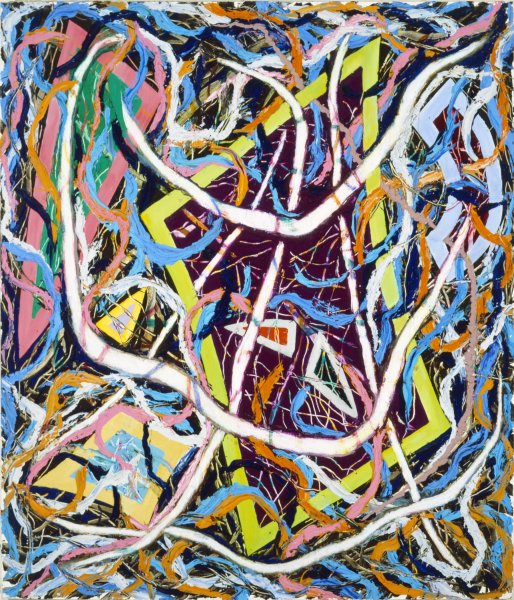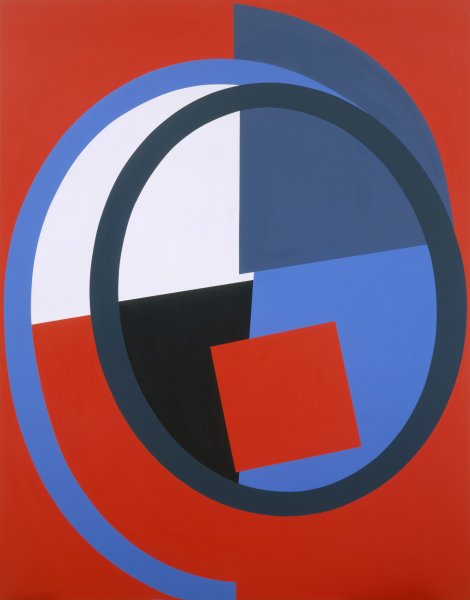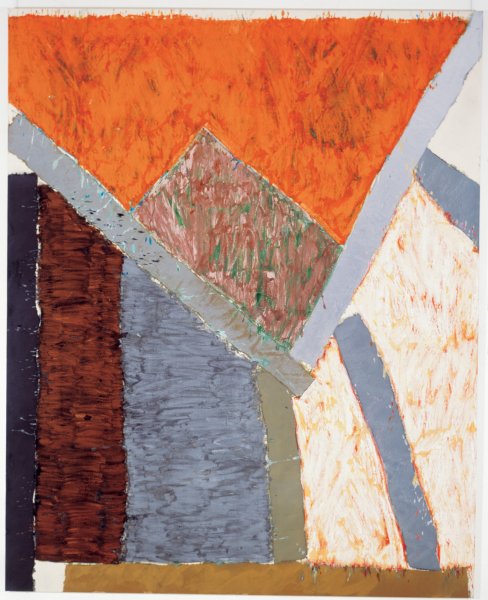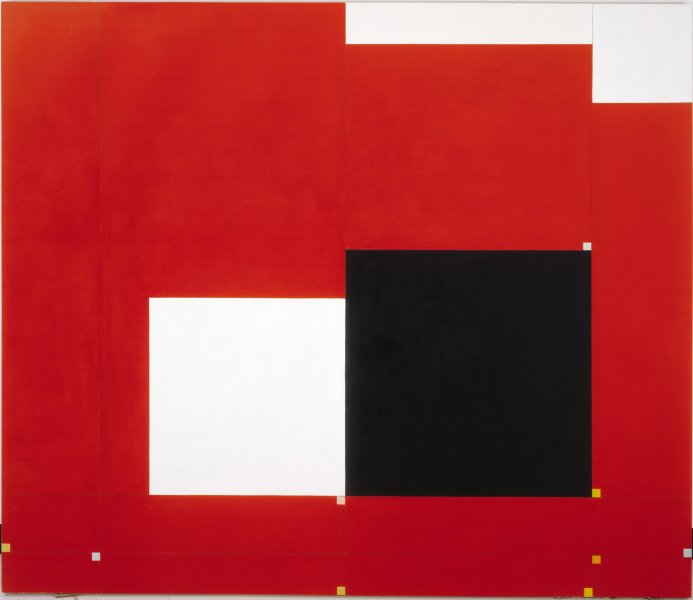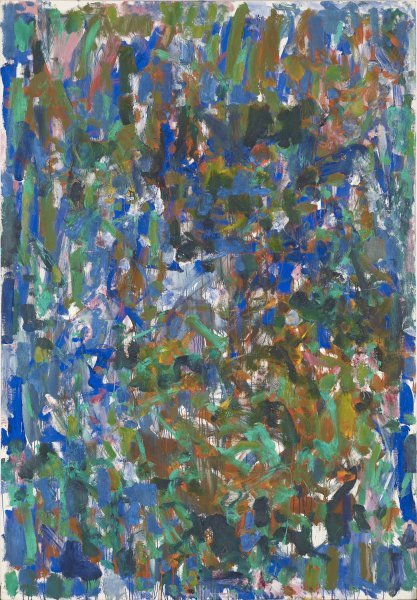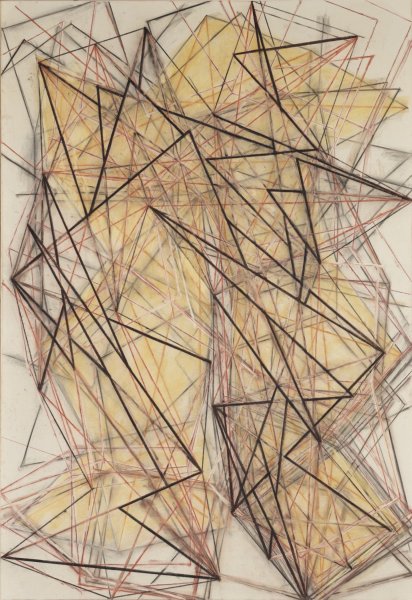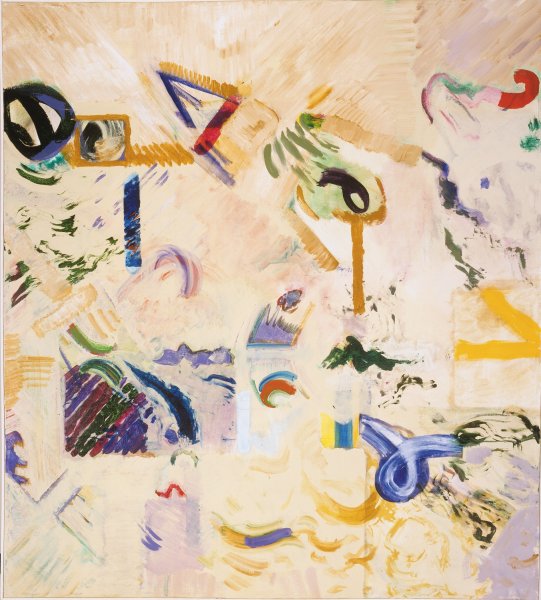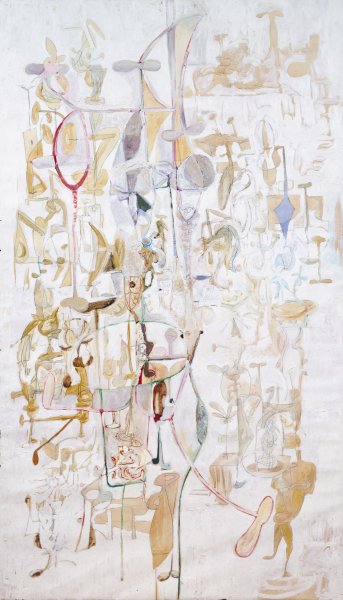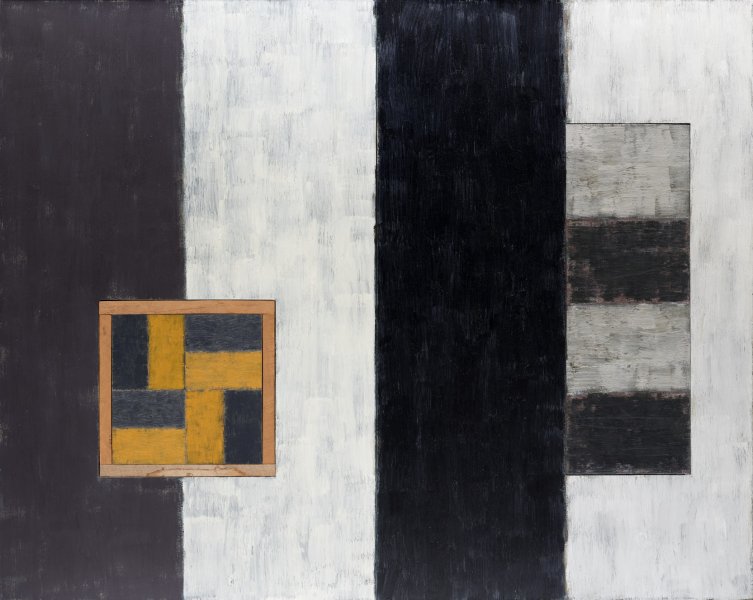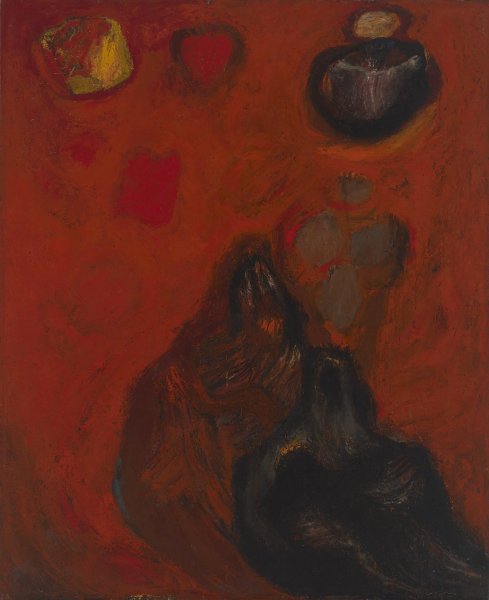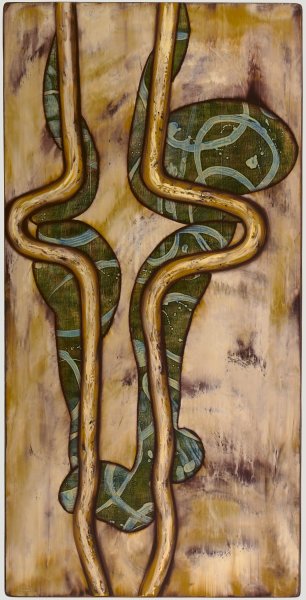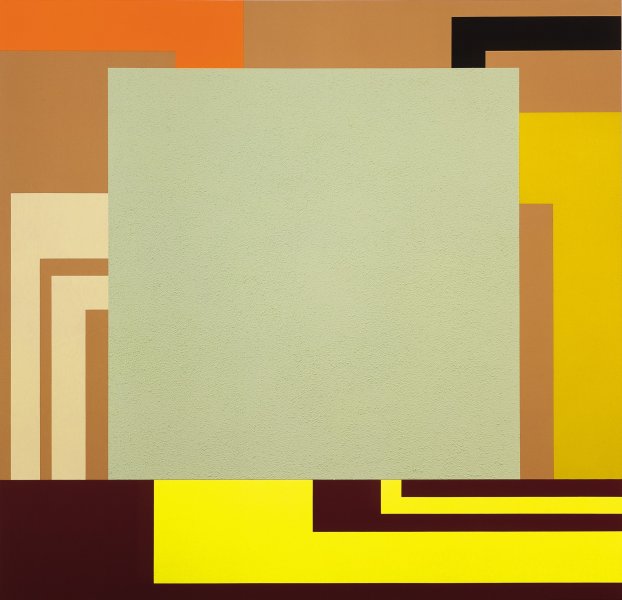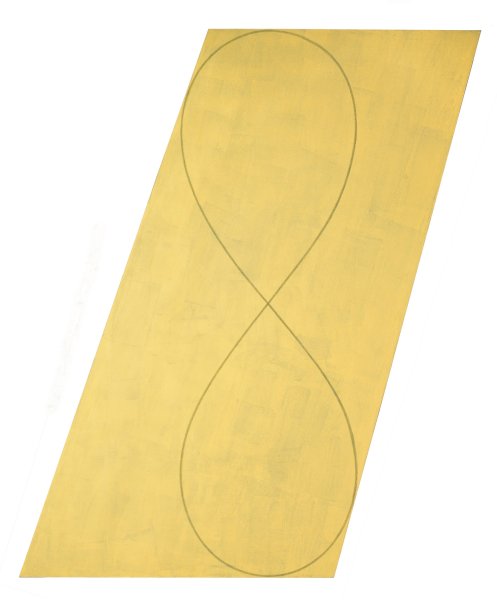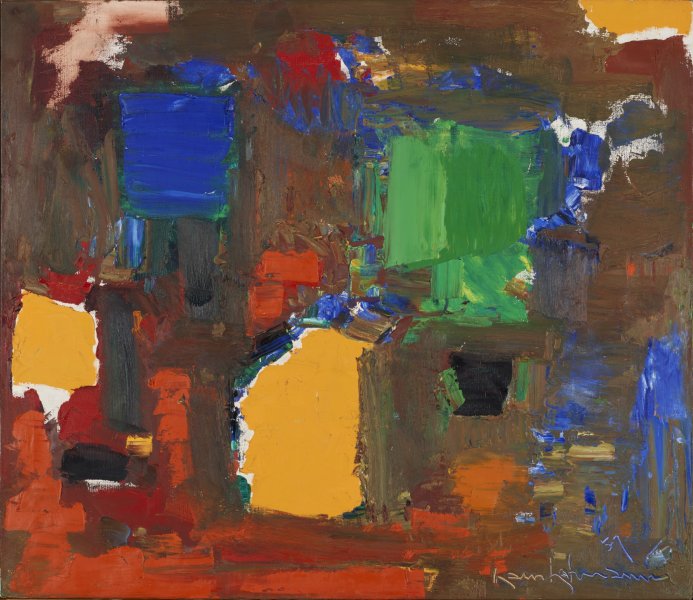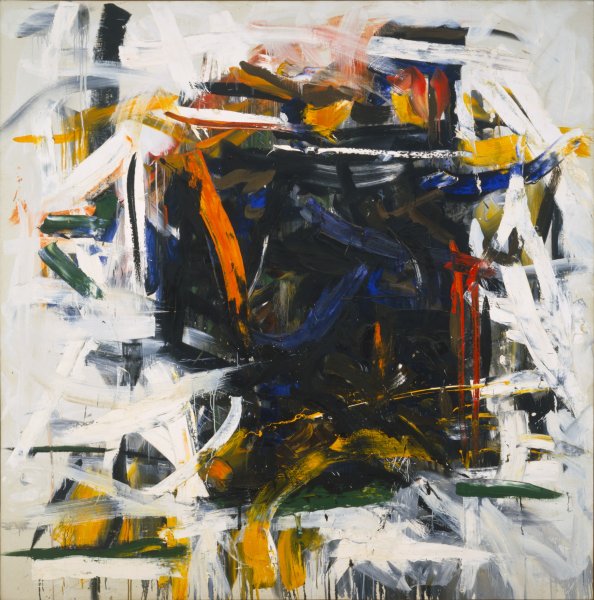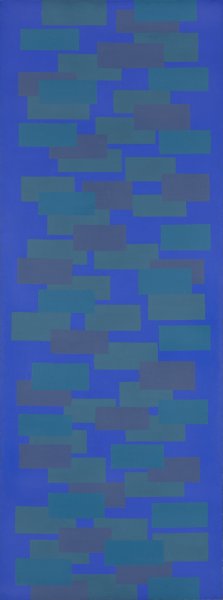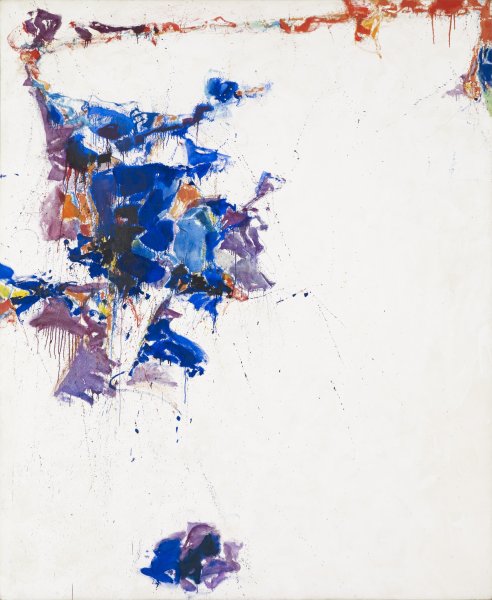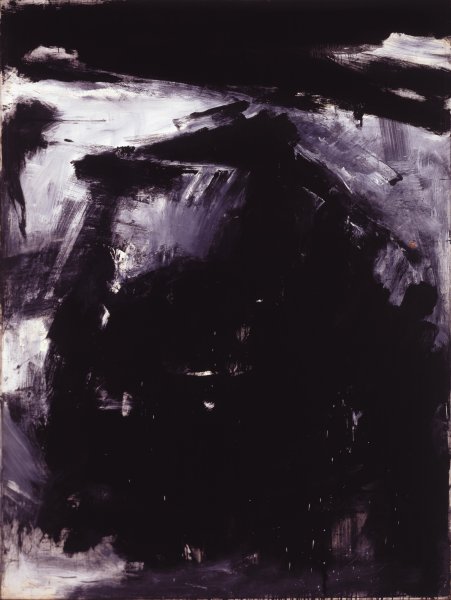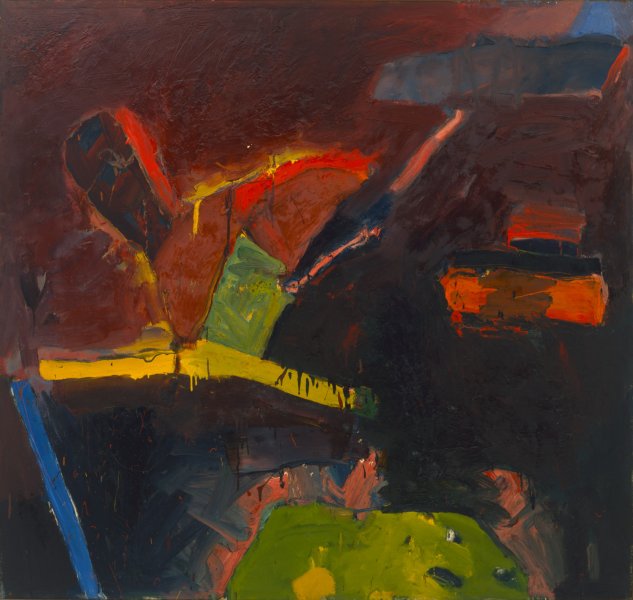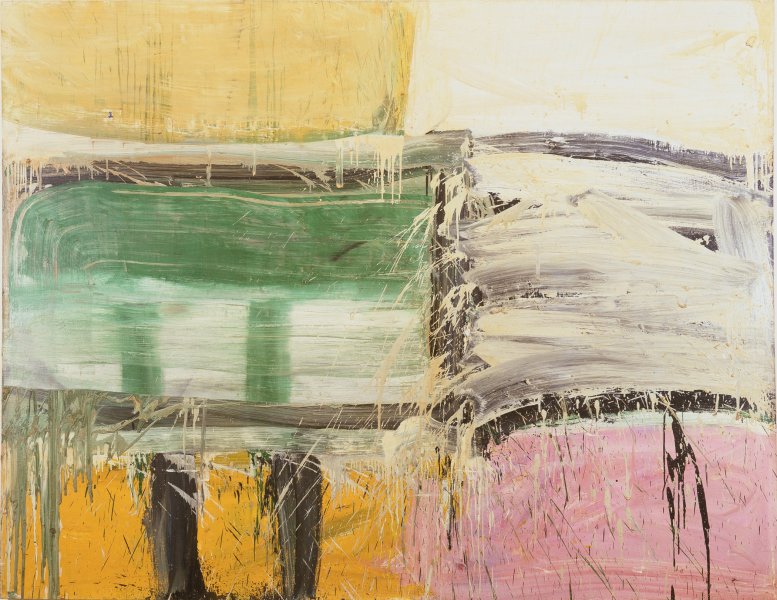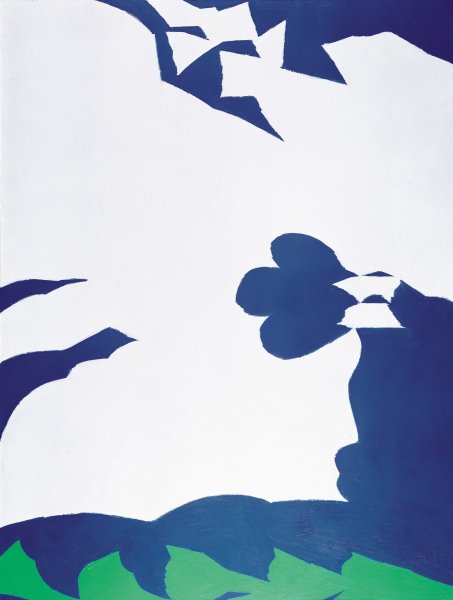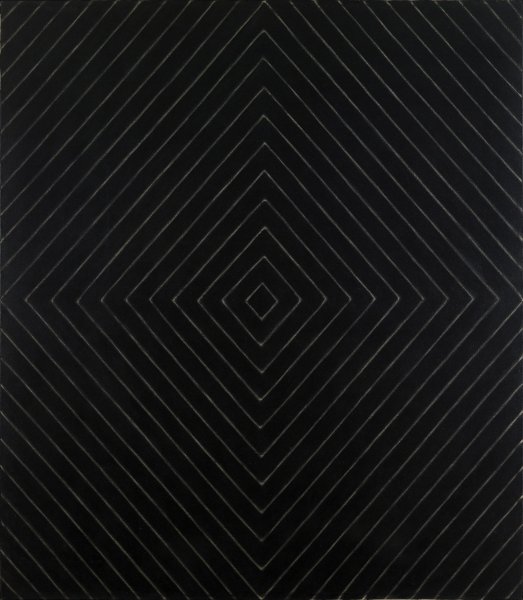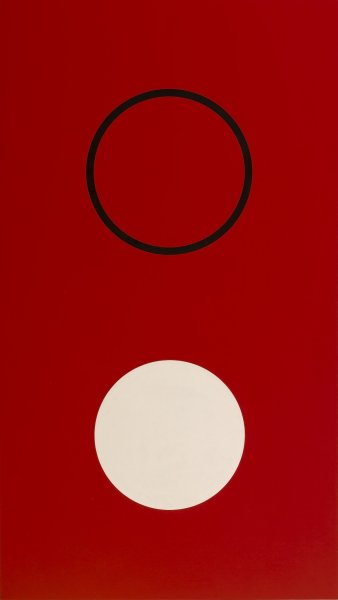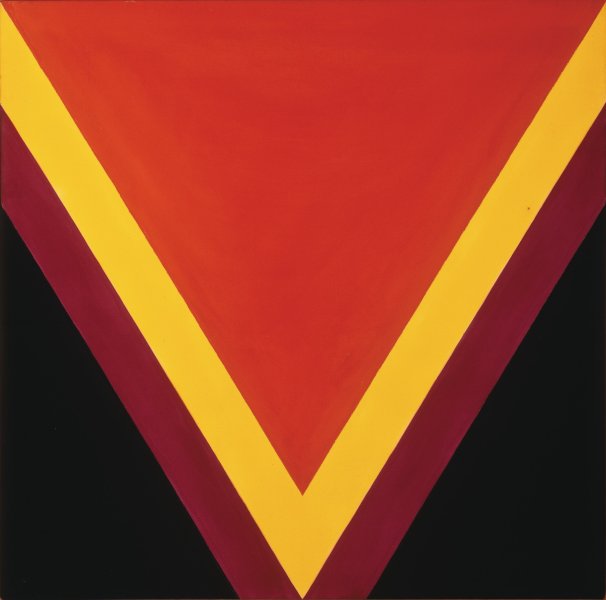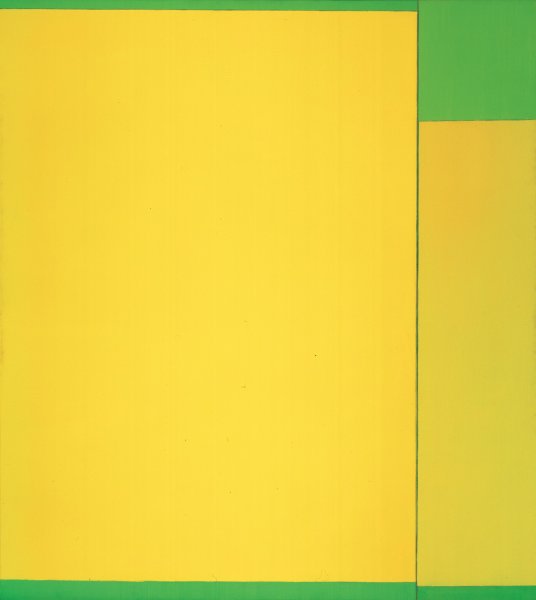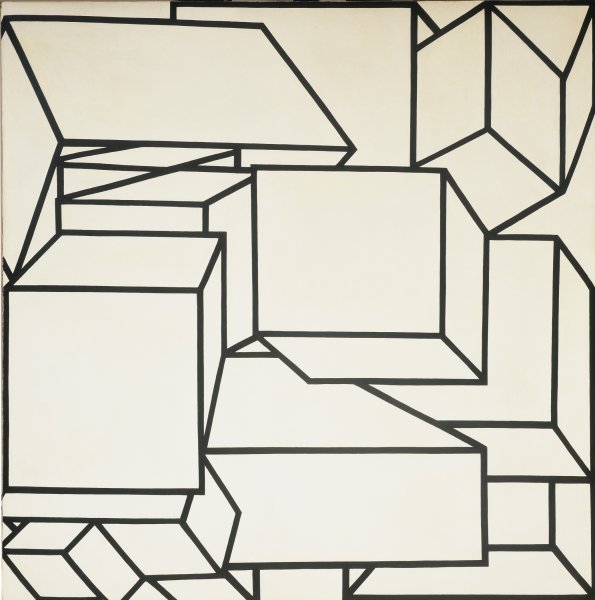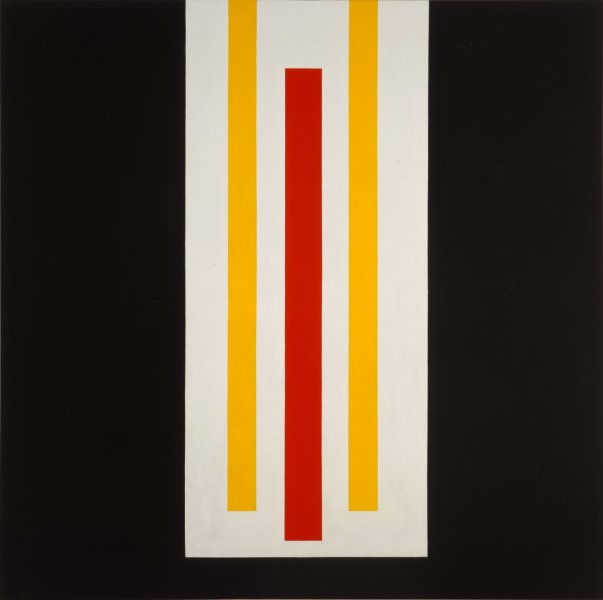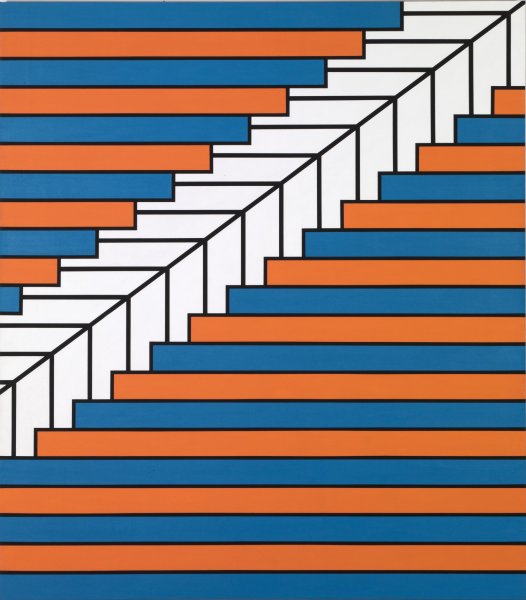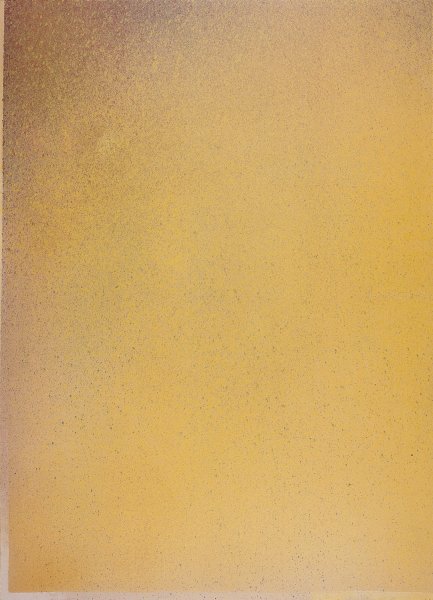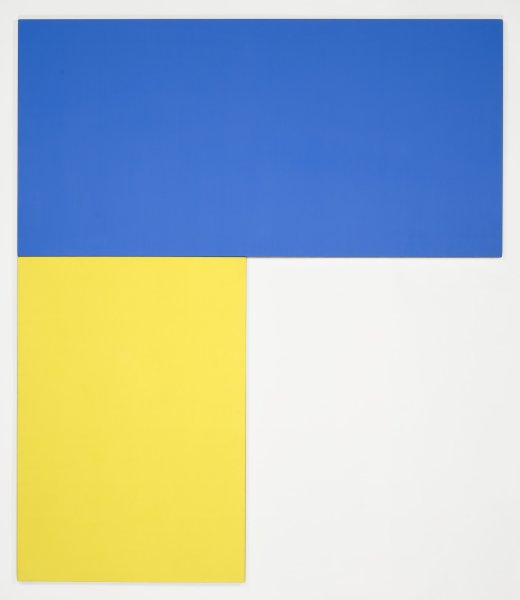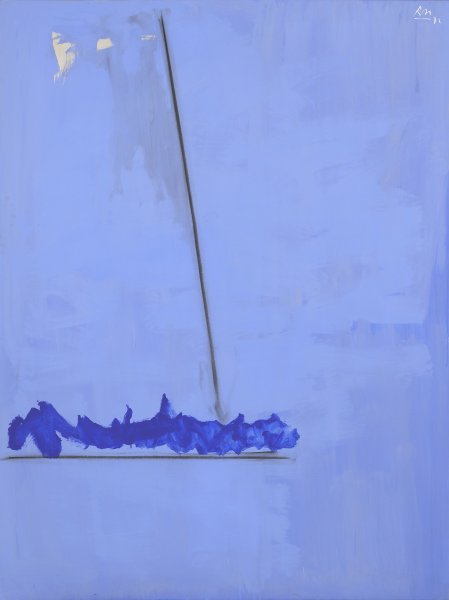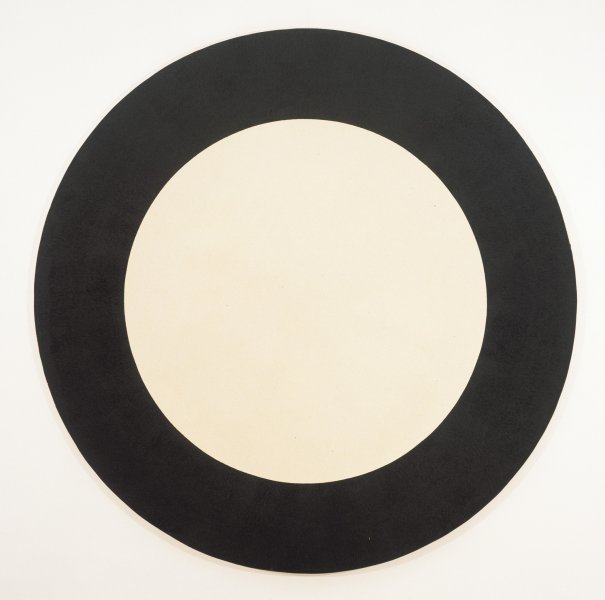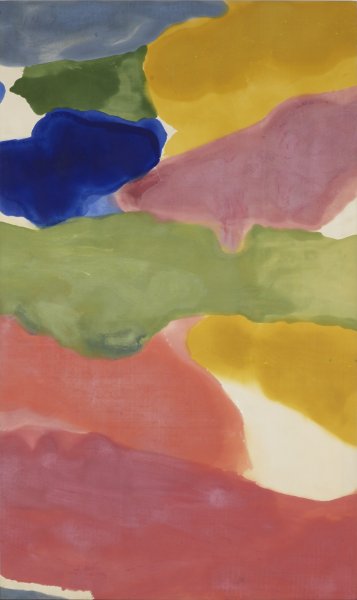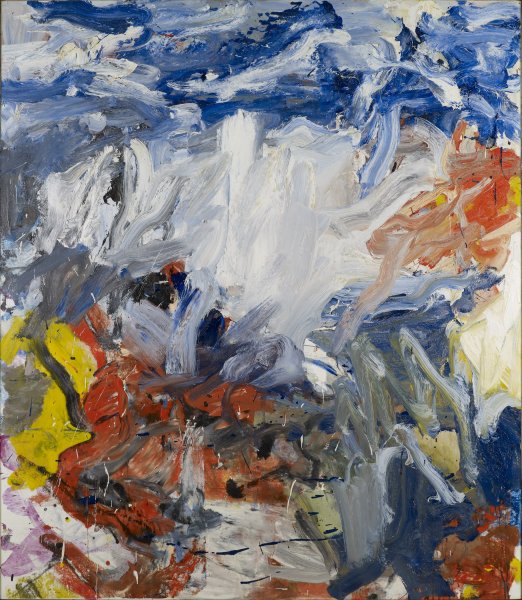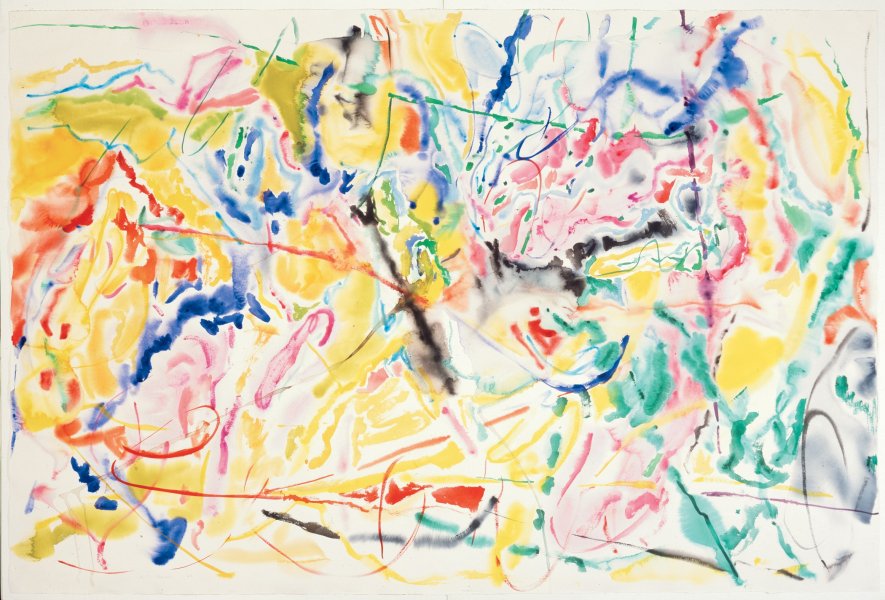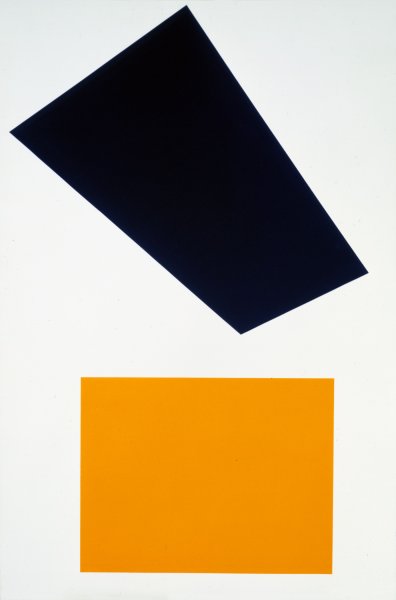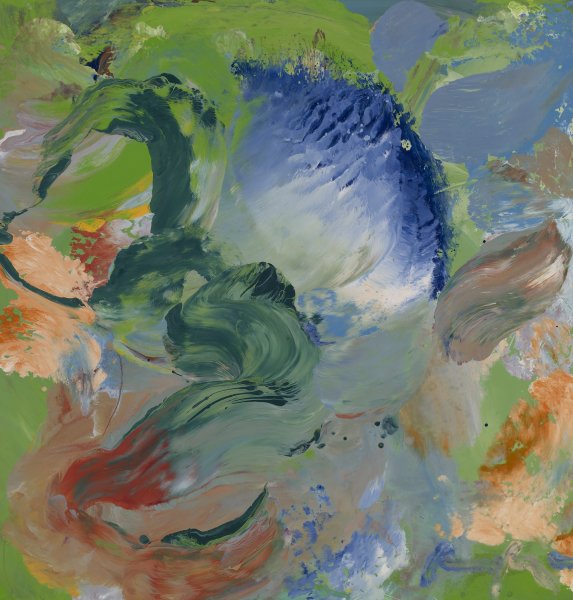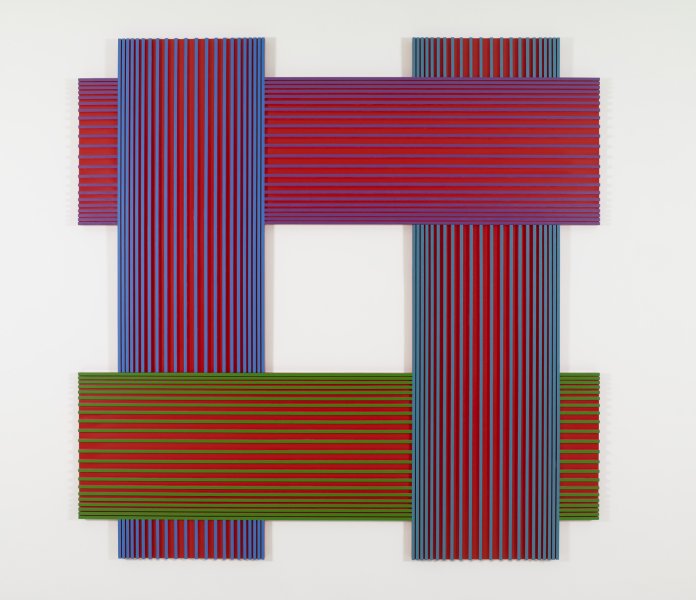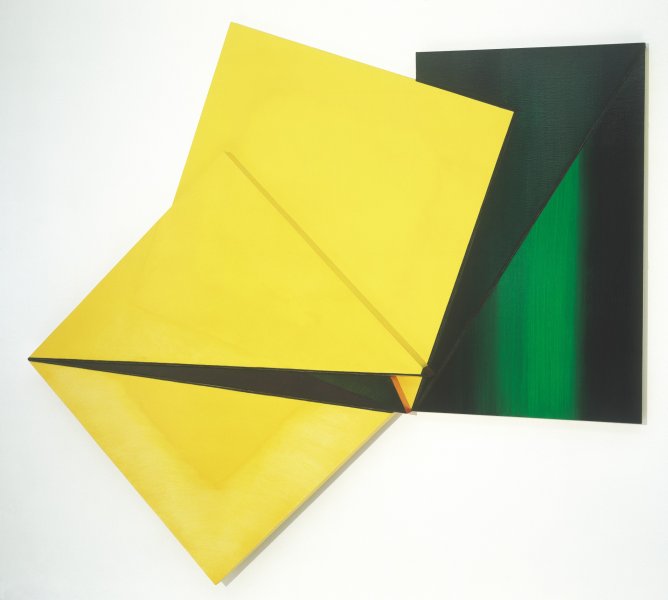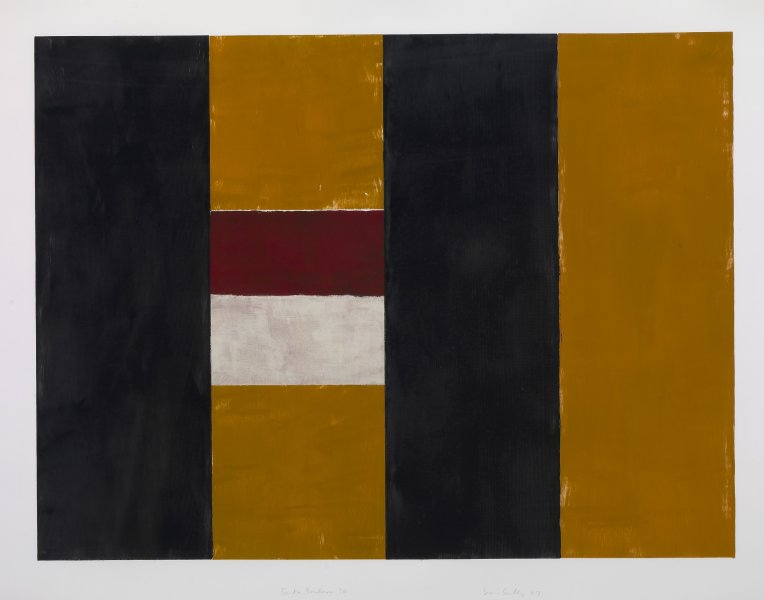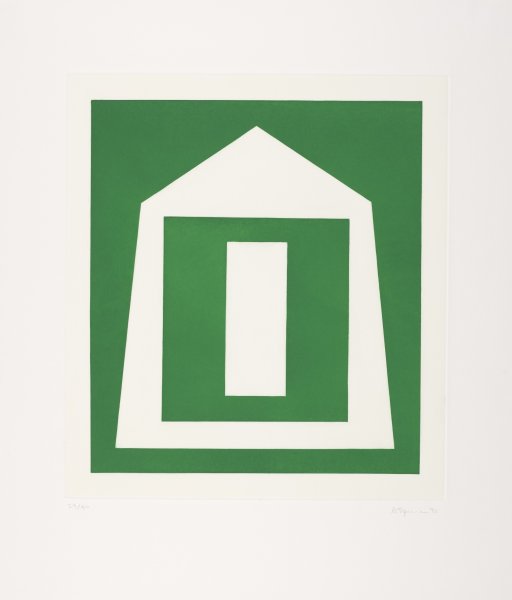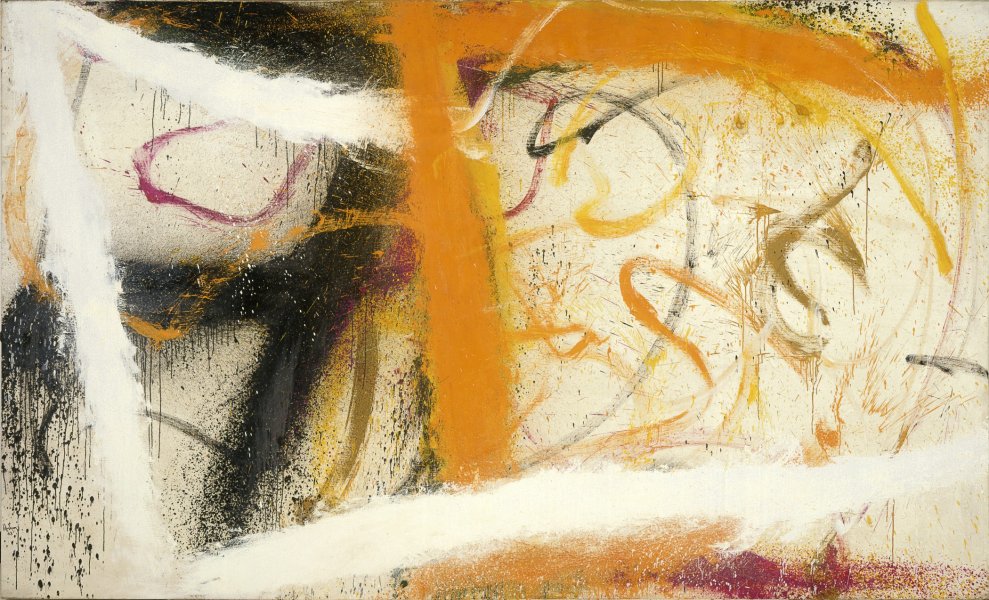Two Paths Through Abstraction: A Selection from the Permanent Collection
Saturday, January 15, 1994–Sunday, March 27, 1994
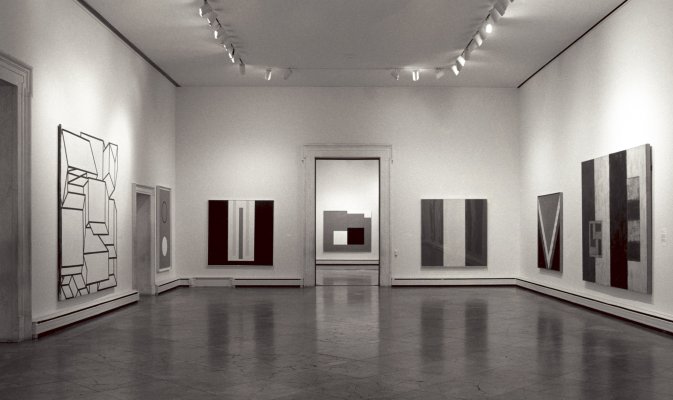
Installation view of Two Paths Through Abstraction: A Selection from the Permanent Collection. Photograph by Tom Loonan.
1905 Building
This exhibition highlighted the Albright-Knox’s rich holdings of abstract painting by concentrating on the development of abstraction in the latter half of the 20th century. For many viewers, abstract art is as perplexing today as it was at the turn of the 20th century, when painted illusions were first assembled in cubist forms or replaced by the geometric elements of the constructivists. The theories and premises basic to the understanding of abstraction in modern and contemporary painting have continued to evolve, however, and it is the work of the descendants of abstraction’s first practitioners that was the subject of Two Paths Through Abstraction.
Abstraction was traced through the two primary and diverse modes of its expression: the gestural and vigorous style of painting of Abstract Expressionism, and the linear, planar works of geometric abstraction. The “gestural” style began with works by Hans Hofmann and proceeded through the decades, including works by Willem de Kooning, Joan Mitchell, and more recently, George Condo. Geometric abstraction was revealed through the paintings of such artists as Josef Albers, Frank Stella, and the minimalists, for example, Robert Mangold and Peter Halley. Also included was those artists who relied on a form of abstraction that acknowledges elements of each direction.
In connection with the exhibition, two major catalogues published by the museum in association with Harry N. Abrams, Inc., — Abstract Expressionism: The Critical Developments, 1987, and Abstraction–Geometry–Painting: Selected Geometric Abstract Painting in America Since 1945, 1989, was available in the museum store.
This exhibition was organized by Curator Cheryl Brutvan.
